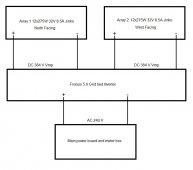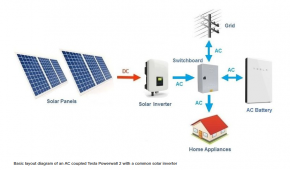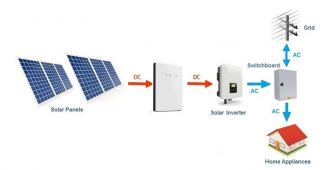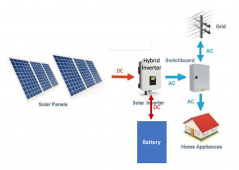mcart117
New Member
- Joined
- Mar 28, 2022
- Messages
- 121
While working on my solar project I’ve joked with my boys that I’m preparing for the apocalypse. Three days into a 4 day power outage, they’ve joked with me that I am poorly prepared!
My off-grid circuit with a 2S4P 195W solar array and 8S 24V 304Ah battery is fine for getting me through the regular 6 hour evening peak tariff period, but it is inadequate to get us through this extended power outage.
Adding to the frustration as we stand in a cold shower is the fact that we have 6.5KW of solar panels on the roof. We can’t use them for legal reasons, because they are part of a grid-tied system on which we received a large subsidy, and we can’t use them for practical reasons because they are wired for a high voltage inverter and my off-grid system is all low voltage.
I’d be very grateful if anyone can suggest ways of tapping the power from my larger solar array without either breaking the law or spending a fortune.
Diagrams of both systems are shown below.


My off-grid circuit with a 2S4P 195W solar array and 8S 24V 304Ah battery is fine for getting me through the regular 6 hour evening peak tariff period, but it is inadequate to get us through this extended power outage.
Adding to the frustration as we stand in a cold shower is the fact that we have 6.5KW of solar panels on the roof. We can’t use them for legal reasons, because they are part of a grid-tied system on which we received a large subsidy, and we can’t use them for practical reasons because they are wired for a high voltage inverter and my off-grid system is all low voltage.
I’d be very grateful if anyone can suggest ways of tapping the power from my larger solar array without either breaking the law or spending a fortune.
Diagrams of both systems are shown below.









